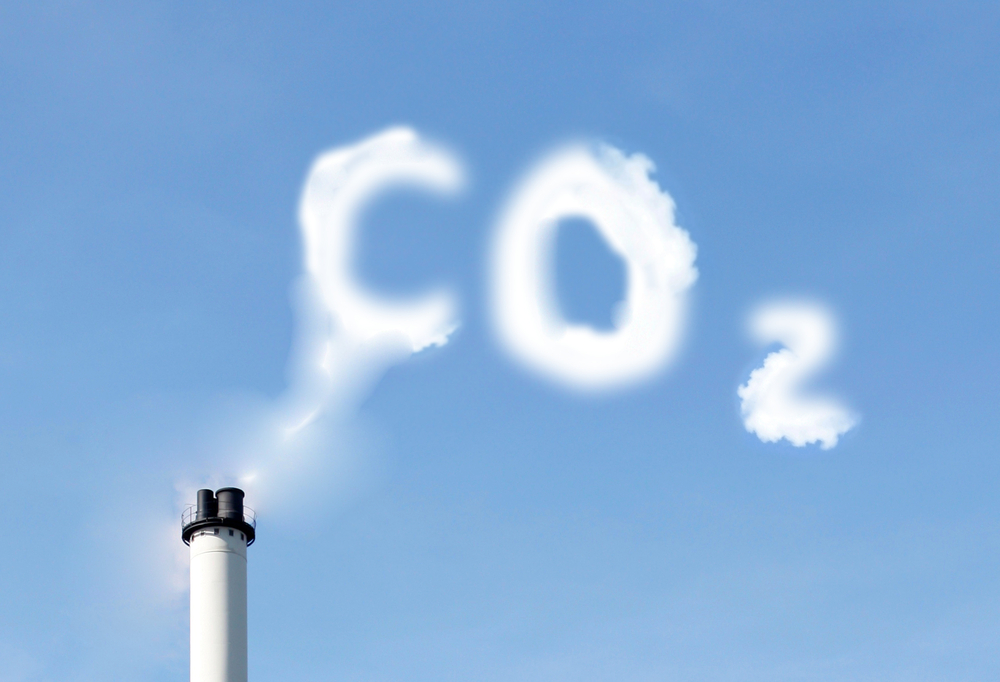Energy production currently accounts for 22% of total carbon emissions and consequently of greenhouse gases. With demand for energy growing steadily, the situation is distressing: carbon gas emissions are set to double between 2000 and 2030. Despite growing international awareness and efforts to reduce greenhouse gas emissions, Euler Hermes notes that with regard to energy production the solutions are still at an embryonic stage. Renewable energy production is growing slowly and with difficulty, with bio fuels accounting for just 3% of total energy production in 2010, wind 1% and photovoltaic 0.2%, while nuclear energy’s share has stabilised at 14%.
Green economy holds out new opportunities for businesses
Download

Production of green energy is too small to halt the rise in carbon gas emissions.
Targeting sectors with high carbon gas emissions
To reduce carbon gas emissions, there is an urgent need to reduce the energy consumed by the production of goods and services, particularly in sectors with high carbon gas emissions. This is the case of construction and utilisation of buildings, which are currently responsible for 30% of world carbon gas emissions.
"We foresee a steady rise in carbon gas emissions linked to fast-growing urbanisation", says Euler Hermes’ Chief Economist Ludovic Subran. "Nevertheless, this sector holds out real prospects for the green economy, in the outset when designing construction materials and during building renovation, through better insulation for example. The amounts involved are significant. We estimate the additional economic potential at close to €20 billion a year over the next 20 years."
There are also attractive prospects in the transport sector, which is responsible for around 20% of all carbon gas emissions and whose margins depend strongly on the cost of energy. New emission-reduction technology does exist, such as hybrid engines in the car industry, but these are still expensive.
"In the long term, both manufacturers and consumers will benefit as the cost of running a car will drop. The potential is all the greater in that the number of cars on the road is expected to more than double by 2030," says Yann Lacroix, head of sector research at Euler Hermes.
Two industrial sectors, cement and chemicals, have particularly strong potential for green growth. Together they account for 12% of carbon gas emissions. Driven by production costs that were becoming unsustainable, cement companies have over the past twenty years developed production processes that consume less energy and achieve improved performances. Chemicals producers are also seeking to reduce their carbon footprint (5% of world carbon gas emissions). The European chemicals industry has already made substantial efforts and these have paid off.
As with all content published on this site, these statements are subject to our Forward Looking Statement disclaimer.
Link to the disclaimer